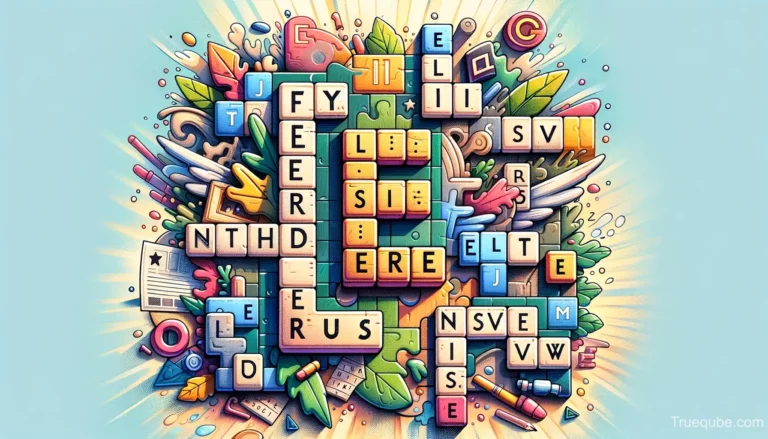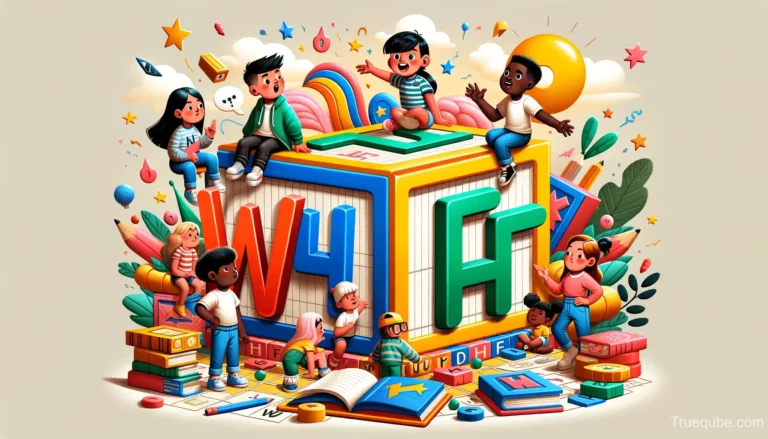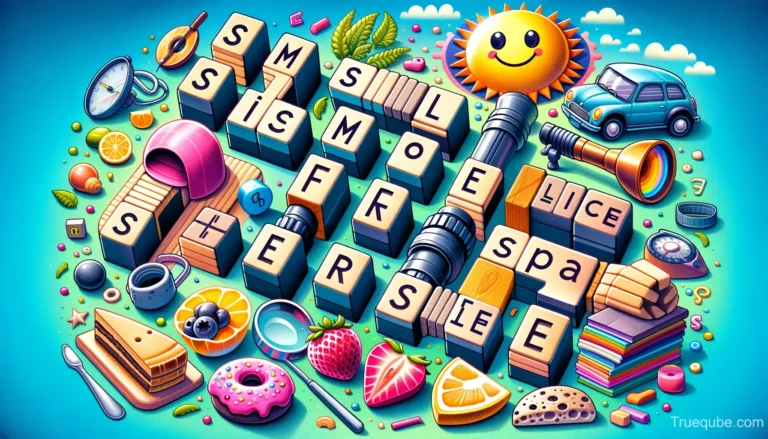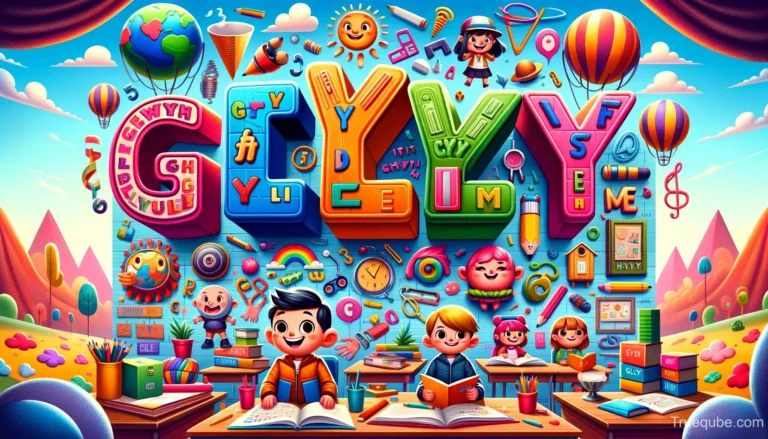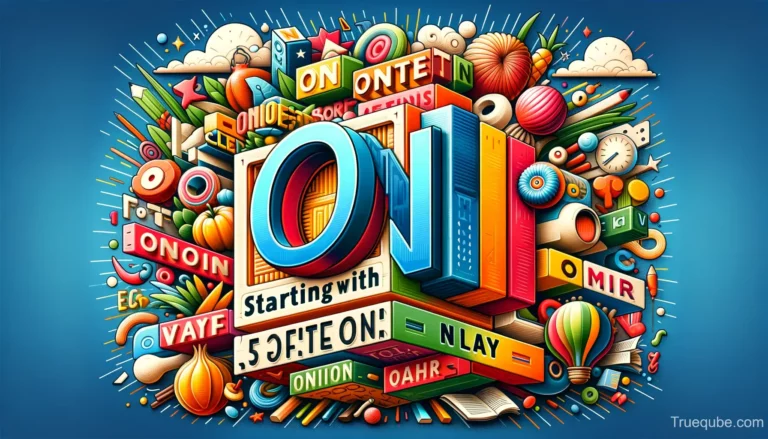What is Colloquial Language?
Key Takeaways:
- Colloquial language is informal everyday speech used in conversation. It often includes slang, contractions, and idioms.
- Colloquial language is more casual and relaxed compared to formal or academic language. It reflects natural conversational speech.
- Colloquial expressions vary by region and change over time as new slang and phrases are introduced. What’s colloquial in one generation or locale may not be for another.
- Using colloquial language can help communicate in a friendly, approachable way and establish rapport. But it is not appropriate for formal writing and speaking situations.
What is Colloquial Language?
Colloquial language refers to informal spoken language used in everyday conversations. It differs from formal language which follows strict grammatical rules and is used in professional, academic, or official settings.
Some key features of colloquial language include:
- Slang – words and phrases that are very informal and often relate to topics like popular culture, technology, current events etc. Slang expressions tend to originate among younger generations.
- Contractions – shortened versions of words like isn’t, won’t, could’ve. Contractions are commonly used in speech to save time.
- Idioms – phrase with a figurative meaning that differs from the literal meaning of the words. Idioms like “break a leg” and “let the cat out of the bag” are often colloquial.
- ** Regional expressions** – words and phrases used in certain regions or areas. For example “y’all” in the Southern U.S.
- Grammatical mistakes – mistakes in grammar, punctuation, or sentence structure are common in casual conversation but not acceptable in formal writing.
Comparing Formal vs Colloquial Language
Formal language follows strict rules and conventions while colloquial language is casual and conversational. Here are some key differences:
Formal Language
- Complete sentences and proper grammar
- Advanced vocabulary and no slang
- Standard pronunciation and diction
- Little to no contractions
- Conveys information in a serious manner
Colloquial Language
- Fragmented sentences
- Slang and idiomatic expressions
- Non-standard pronunciation
- Contractions like isn’t, wouldn’t
- Conversational tone and phrasing
Colloquial language reflects natural speech between friends or peers, while formal language follows conventions for professional communications.
Examples of Colloquial Language
Here are some more examples of colloquial language and expressions:
- Slang – cool, tweep, boomer, adorbs
- Idioms – hang in there, cost an arm and a leg, let’s touch base
- Contractions – I dunno, gimme, lemme
- Regionalisms – yinz, mad, reckon
- Grammatical errors – Me and Michael went to the park, He don’t like vegetables
Appropriate Use of Colloquial Language
Using colloquial language can help establish rapport and come across as friendly and approachable in casual conversations. Some situations where it is appropriate include:
- Chatting with friends
- Posting on social media
- Texting
- Speaking informally in the workplace
- Blogging in a conversational tone
- Young adult fiction works
However, colloquial language is not appropriate for use in formal communications like:
- Academic writing
- Official business documents
- News articles and reporting
- Public speeches or presentations
- Job interviews
- Any kind of formal or professional situation
The register and tone should fit the audience and purpose.
Regional Differences in Colloquial Language
Colloquial language often varies quite a bit between different regions and countries. What is casual conversational speech in one place may not be in another.
Some examples of regional colloquial differences include:
- Southern American English – y’all, fixin’ to, ain’t
- British English – bloody, knackered, pop into hospital
- Australian English – arvo (afternoon), heaps (very), brekkie (breakfast)
- Canadian English – washroom, toque, double-double (coffee)
So colloquial language is not universal. The informal expressions commonly used in day-to-day speech differ across regions.
Changes in Colloquial Language Over Time
In addition to geographic differences, colloquial language also evolves quite rapidly over time. New words and slang terms come into vogue while others fade in popularity.
Some examples of how colloquial English has changed just over the past few decades:
- 80s – rad, gnarly, gag me with a spoon
- 90s – phat, da bomb, talk to the hand
- 2000s – cray cray, on fleek, bae
- 2010s – sus, GOAT, bye Felicia
Various influences like youth culture, celebrities, internet culture, and more continuously contribute to shifts in casual conversational language. What sounds fresh and current today may quickly become outdated slang tomorrow. So colloquial expressions have a fast rate of change compared to more formal language.
Tips for Using Colloquial Language
Here are some tips for using colloquial language effectively and appropriately:
- Use to establish rapport in informal settings but switch to formal language when needed
- Avoid slang or idioms unfamiliar to the audience
- Don’t use colloquial language in formal writing without good reason
- Adapt your level of formality to the situation and recipients
- Be mindful of generational differences in slang
- Recognize colloquial language continues to evolve over time
- Consider regional colloquialisms when communicating with different audiences
In summary, colloquial language reflects informal everyday speech. It can help communicate in a casual, conversational way when used properly. But formal language is still required for academic, professional, and official communications. Understanding the differences allows you to adjust your language register to suit the context.

Shahid Maqsood, an MBA and Master in Mass Communications, is a seasoned writer with over a decade of experience. Specializing in news and celebrity coverage, he brings a unique perspective from his love for hunting and camping. His work spans multiple platforms like dosttrusty.com and newsbreak.com,Quellpress.com , airriflehunting, and bruitly.com showcasing his versatility and depth. Shahid’s insightful articles reflect his expertise, authoritativeness, and trustworthiness, making him a respected and reliable voice in digital content creation. His contributions engage and inform readers, embodying professionalism and passion in every piece.



